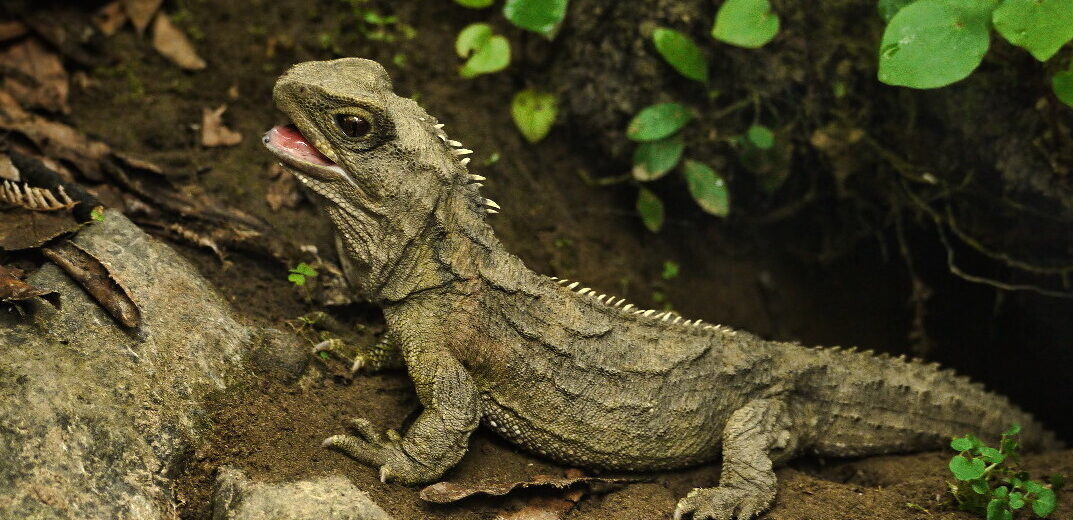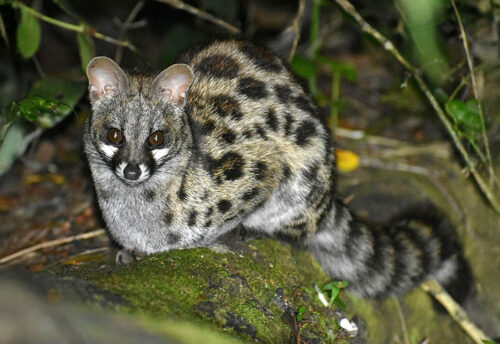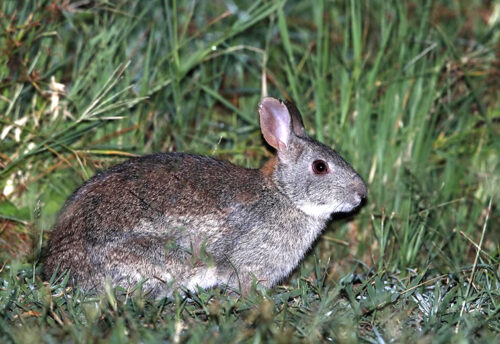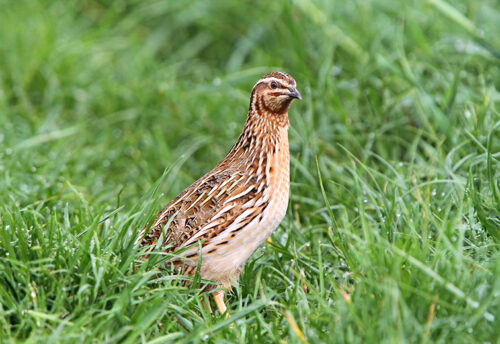
It’s not often that one gets to boast of surviving the age of the dinosaurs, but that’s just what the tuatara can do. They’ve been around for over 60 million years. This is why they get the term living fossils. There are only 2 surviving species of tuatara left in the world: Sphenodon punctatus and the even more rare Sphenodon guntheri. They call New Zealand and the 32 surrounding islands their home. These critters prefer scrubland with loose soil for digging burrows. Due to over collecting, hunting, habitat loss, and the introduction of Polynesian rats (that feed on the tuatara’s eggs) these creature’s numbers are decreasing. However, they are still listed as Least Concern by the IUCN.
First the Stats…
Scientific name: Sphenodon
Weight: Up to 2.9 lbs.
Length: Up to 31 inches
Lifespan: Up to 60 years
Now on to the Facts!
1.) Tuataras have 2 rows of teeth on their upper jaw and 1 on their lower jaw. This helps them chew their food easier. However, as they age, their teeth do start to wear down; thus forcing them to eat softer foods.
2.) They feed on insects, lizards, frogs, birds, bird eggs, and even each other.
3.) These creatures are nocturnal (active at night). Most lizards are diurnal (active during the day).
4.) Unlike other reptiles tuataras prefer cooler temperatures.
5.) The name “tuatara” comes from the Maori word for “peaks on the back”.
But wait, there’s more on the tuatara!
6.) Like many lizards, they can drop their tail and regrow it. This is called caudal autotomy.
7.) During mating season, males will find a female’s burrow and, in pure creeper style, will sit outside till she comes out. Then he will puff up his neck spines to woo said female into mating.
Did you know…?
Tuataras have a third or parietal eye. This eye is rudimentary but functional for viewing light, dark, and passing shadows. This parietal eye is more visible as youngsters, but is lightly covered with scales as they age.
8.) As soon as the female is prepared to mate the 2 will rub their cloacas together being as males have no reproductive organ. Females can store sperm for up to 12 months. This is known as delayed implantation.
9.) Females lay up to 20 eggs in her burrow. These eggs can take between 12 – 15 months to hatch! The eggs are not guarded and the young are left to their own devices.
10.) Warmer temperatures yield more males, just as cooler temps yield females. It is presumed that global warming may have an affect on the production of these cool critters in that there will be a disproportionate amount of males to females produced as the temperatures increase.
Now a Short Tuatara Video!
Also, check out the Critter Science YouTube channel. Videos added frequently!
Want to suggest a critter for me to write about? Let me know here.



